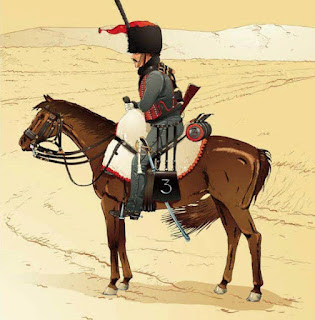My Nanny Leeson.
My Grandmother, Alice Reeves from Swindon, left her job in
service [as a parlour-maid] with a Jewish family in London to work in the Royal
Arsenal at Woolwich.
At its peak during the war, it employed over 80,000 people.
She was a munitions worker in the Arsenal, making artillery
shells, She said they were told always to be on the lookout for fifth
columnists or pacifists who filled the shells with sand. She also repeatedly clashed with the foreman
[a woman] over wanting the windows open as it was so hot in the workshops. She was always a very practical, hands on
girl, who must have done well as she was promoted to ‘tool setter’.
When she had gone into service she had obviously had to
leave her pet dog [a spaniel called Trixie] behind as she lived in where she
worked. But now, being an independent
girl living in rented accommodation, this was no longer a problem, so she sent
home for her dog! Her family were all
railway men and one obviously had a word with a GWR guard and put the dog on a
train from Swindon, in with the parcels, and she collected it at Paddington Station!!
She met and became lifelong friends with Elizabeth [Lily]
Bigg. Many years after the war when
Alice married my Grandfather, it was [not only on Christmas day] but also a
joint wedding with Lily and her husband Bill Streeter.
She left the Arsenal after the war, as the demand for shells
had obviously reduced and men returning from the war, needed jobs. She did not go back into service – very few
girls did, they would not give up their new found independence.
Submitted to the BBC.
Feb 2014. Not used to my knowledge.
Also story of working on bullet production line, the work was so tedious they could and did do it with their eyes closed. The shifts were so long that occasionally she would feed a bullet into the machine sideways so it would jam the machine and give all the girls a break whilst it was sorted out. She was a spirited girl and the only one brave enough to do it.
In service caused a small fire when reading in bed at night and knocked the candle over, was slightly burned on her arm.
Also would lay in bed and tap her shoes on the floor in the morning to pretend she had got up.
As family was Jewish the house had to be cleaned from the rafters down to the cellars before passover.
She went there after her father died, her older sister May was the cook. The house was in Putney.






















